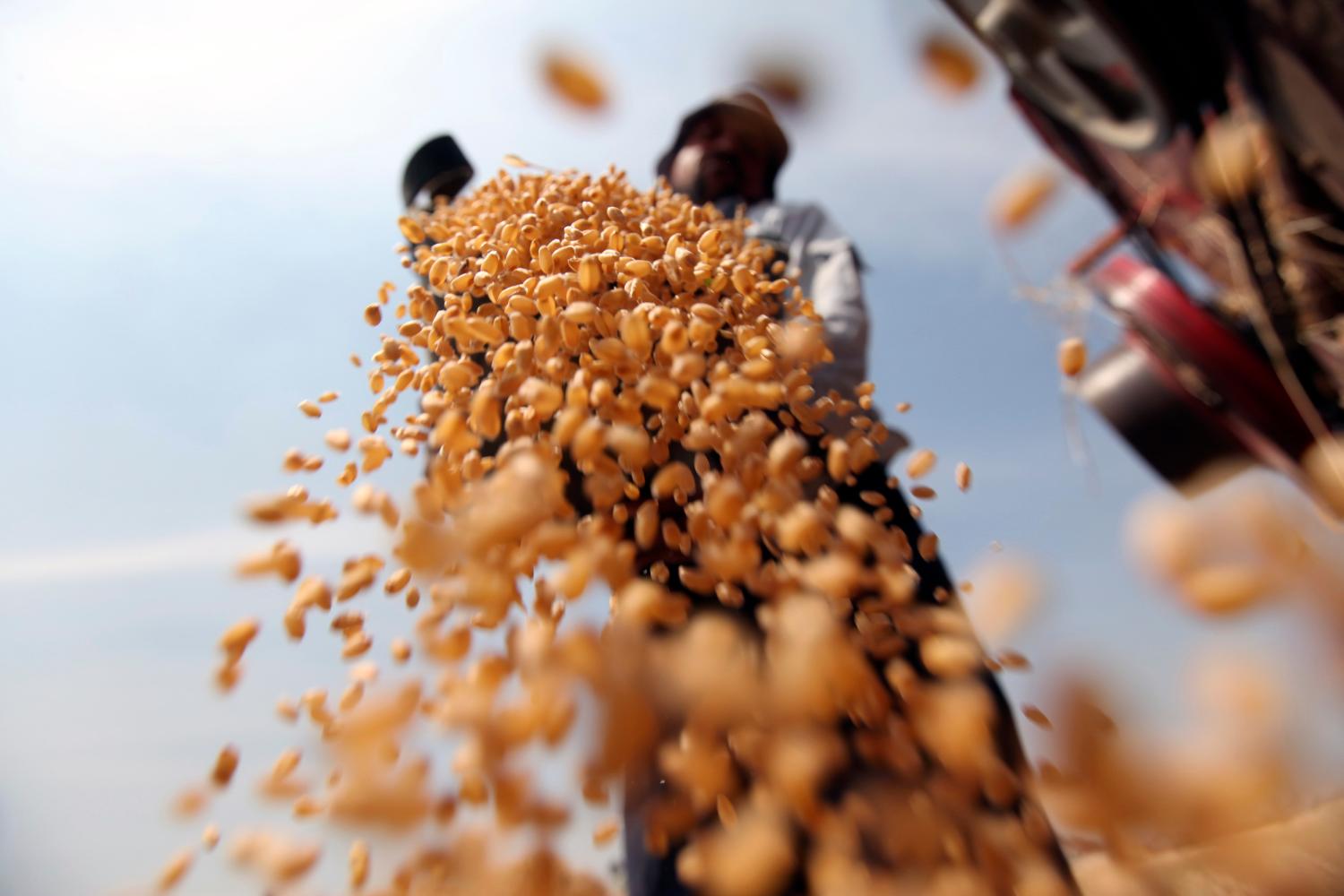INTRODUCTION
In recent years agriculture has experienced a renaissance of attention among economists and policymakers, especially those focused on sub-Saharan Africa. This heightened attention has been driven partly by research insights, partly by policy initiatives, and partly by a recognition that governments and major international development institutions had been neglecting the issue for many years. It has also been motivated by emerging trends in particular countries like Malawi, which implemented an ambitious small-holder subsidy program starting in 2005 and subsequently registered its first two consecutive years with average cereal yields above two tons per hectare in 2009 and 2010, according to recent Word Bank data.
One indicator of the renaissance is a sizeable increase in official development assistance (ODA) directed towards agriculture. ODA for agriculture was consistently in the range of $4 billion to $5 billion for the decade before 2006. Since then, it has experienced a significant jump, reaching more than $8 billion in 2010. Concurrently average African cereal yields per hectare experienced a slight uptick, rising above 1.3 tons per hectare for the first time in 2009, after oscillating in the range of 0.9-1.2 t/ha for more than thirty years since 1975. It remains to be seen whether these yield increases reflect the beginnings of structural change.
Africa’s average yields still remain much lower than those in any other region. Although Africa’s total factor productivity in agriculture is estimated to have increased in recent decades its food production per capita remains essentially unchanged since 1960. Continued stagnation implies fast-growing costs in terms of lives affected, as the region’s population is slated to surpass one billion people by 2017 and approach two billion by 2050, according to the U.N. population division’s medium projections. A number of recent papers have underscored the major role of agriculture in reducing poverty and accelerating economic growth, so the stagnant trends have important macroeconomic implications. Esther Duflo and colleagues have also investigated questions related to farmer choices around the key input of fertilizer, motivated significantly by arguments surrounding the role of subsidies.




